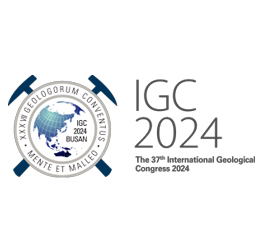
The call for applications is currently closed
The Australian Academy of Science’s (the Academy’s) National Committee for Earth Sciences is offering funding support to assist early- and mid-career Australian and New Zealand geoscience researchers (EMCRs) from Oceania (Australia, New Zealand and Pacific Island nations) who will attend the 37th International Geological Congress (IGC) in Busan, South Korea on 25–31 August 2024.
Applications are open to practising geoscientists eligible to study or work in Australia, New Zealand or a Pacific Island nation, who hold a degree (including PhD, masters and honours students) in geoscience (or equivalent) and who have registered to attend the 37th IGC. Those eligible to receive grants under the scheme should generally be PhD, masters or honours student or within 10-15 years of receiving a PhD. Career interruptions, for example parental leave, will be considered if clearly specified.
Up to 10 grants will be awarded to a maximum value of A$3,000 in contribution towards the cost of your attendance.
Applications are to be submitted to the Academy by 5.00pm AEST (Australian Eastern Standard Time) Monday 5 August 2024 for a decision by 19 August 2024.
A review panel committee convened by the National Committee for Earth Sciences and the Geological Society of Australia (GSA) will evaluate each application. The decisions of the committee are based on the assessed competitiveness of the application. The Academy and the GSA are not able to enter into discussion or correspondence regarding the reasons why an application is successful or not.
The EMCR geoscientists who are awarded a travel grant must agree to use the funding for the purposes specified and to provide a reconciliation of expenditure (including original receipts) and a one-page written report about their participation at the congress by 30 September 2024.
For further information contact: nc@science.org.au
This scheme is funded by the 25th International Geological Congress Fund and is operated in collaboration with the Geological Society of Australia.
© 2025 Australian Academy of Science